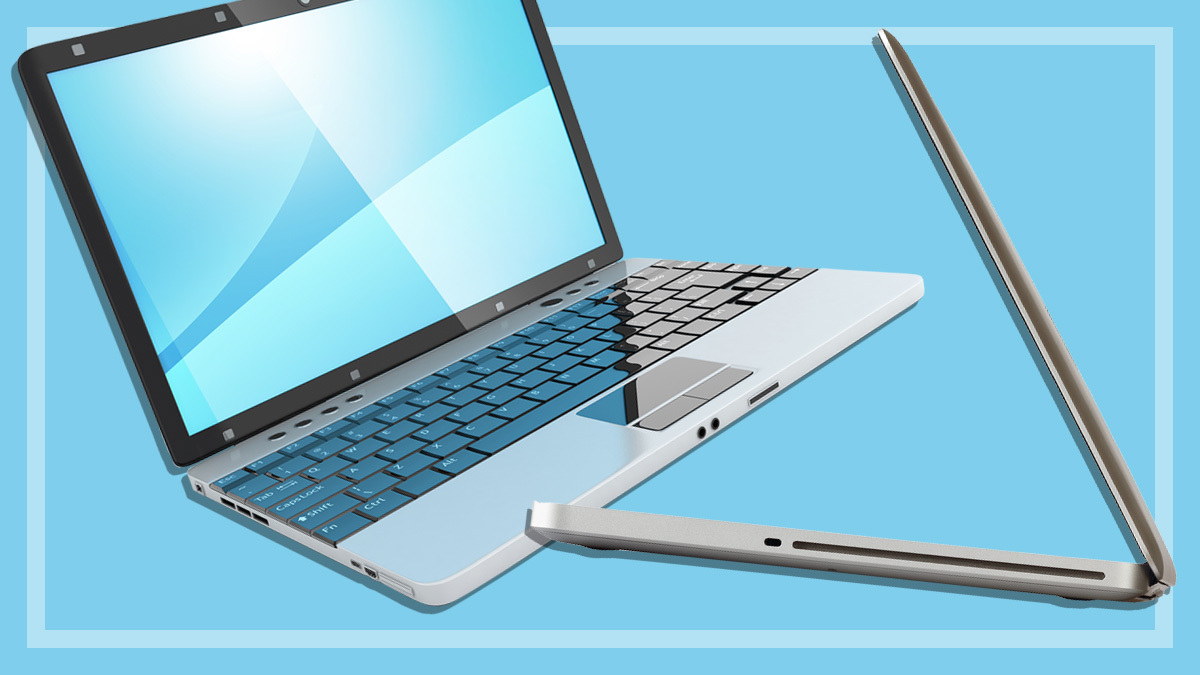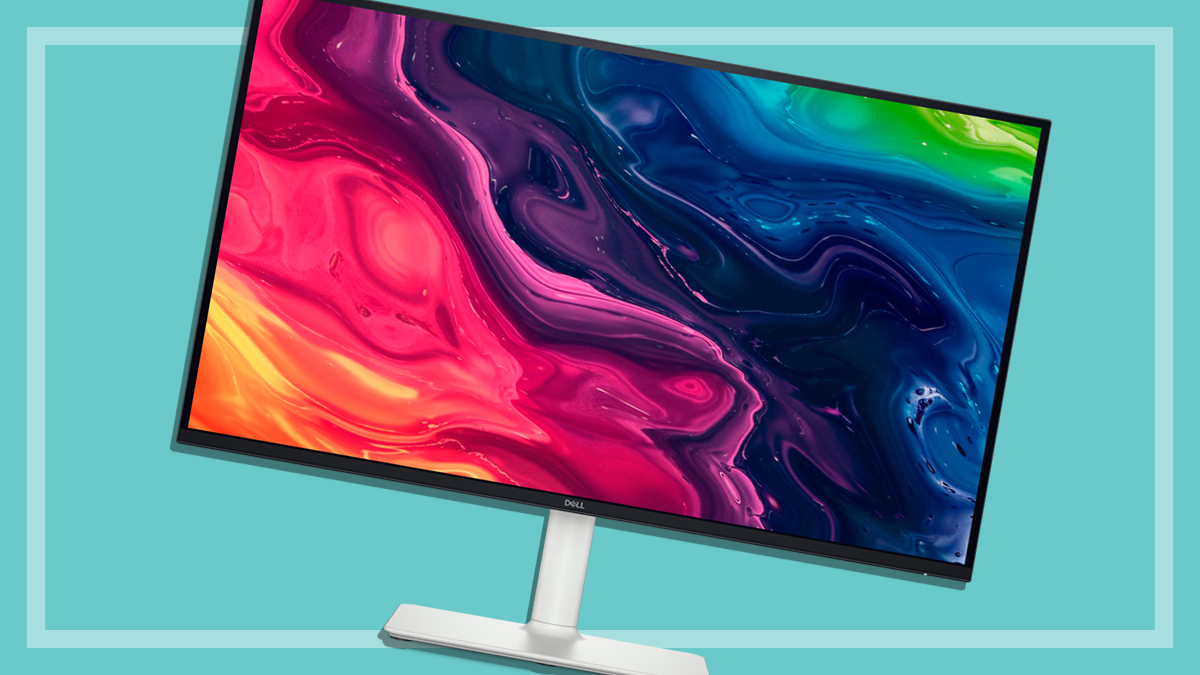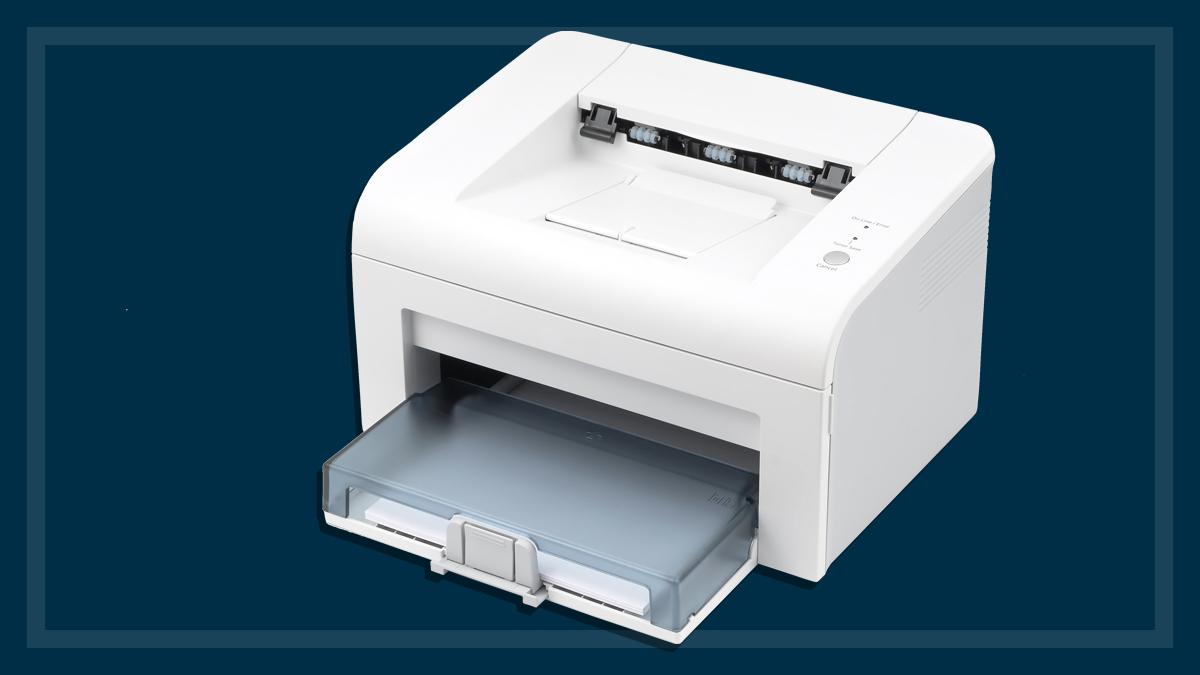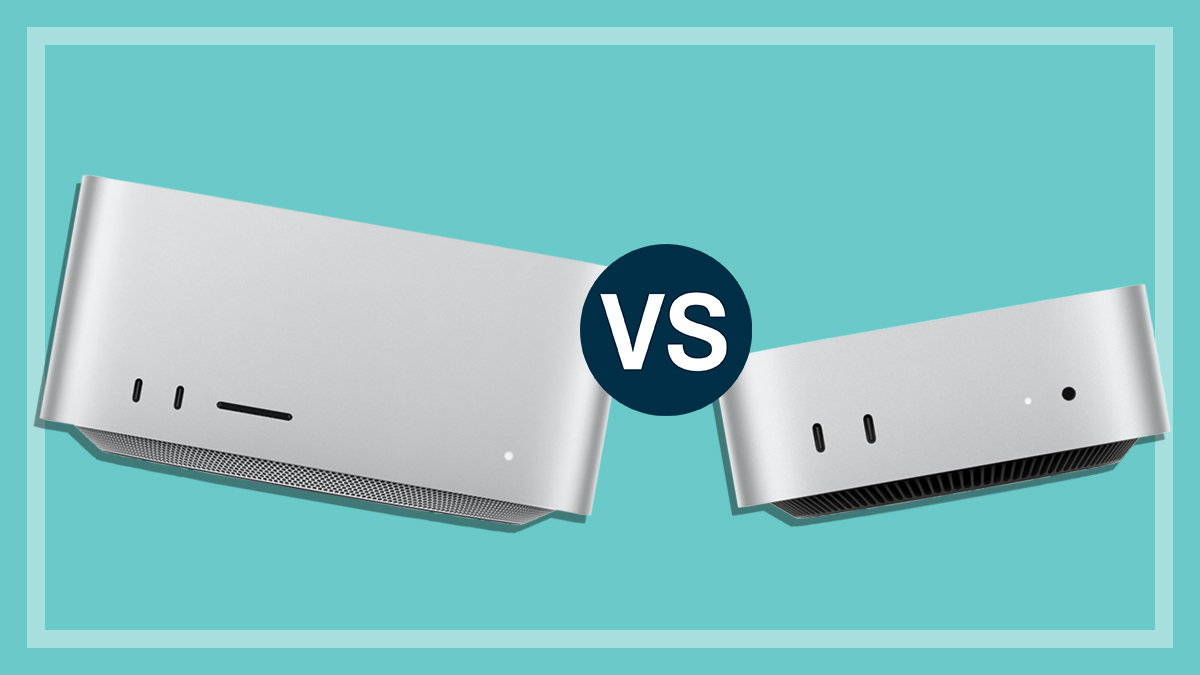Get our independent lab tests, expert reviews and honest advice.
How to set up a home office
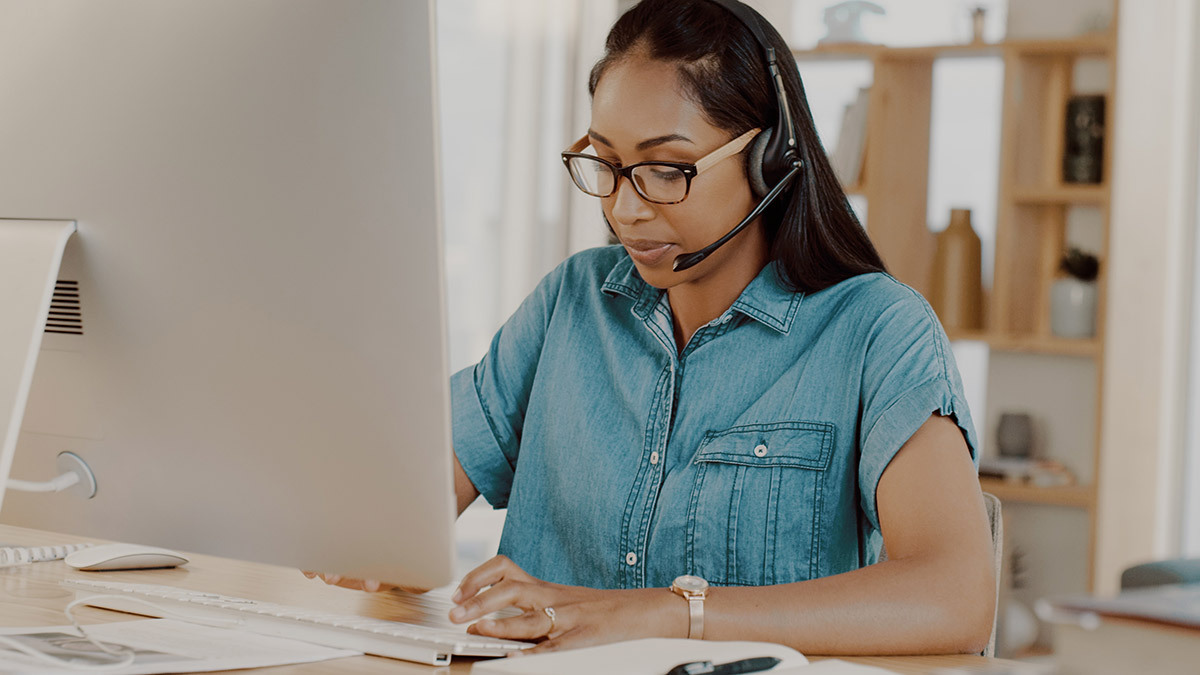
Need to know
- It's important to treat your home office as a dedicated work space – don't just come home and start typing on the lounge
- The right measures can protect your physical and mental wellbeing, and that of anyone else who may be confined indoors with you
- If you have to buy things with your own money, keep the receipts – you may be able to claim the money back through your employer and/or as a tax write-off
On this page:
- Getting started – pick your spot
- Home office ergonomics
- Computer cable management tips
- Phone calls and video conferencing
- Improving internet speeds at home
The COVID-19 pandemic has meant many people have switched to working from home, either full- or part-time. But you can’t just plop down on the couch and start chipping away at your to-do list.
A dedicated work space will help put you in the mindset for work, keeping you focused, productive and in a positive state of mind. It also helps avoid physical issues like neck, shoulder and back pain. Though it takes time, it’s worth the effort to get set up. If you’re already set up, use this guide to review your home office and make some improvements.
Setting up a dedicated space to work in your home is important
If your employer hasn’t supplied you with equipment to do your job, low-cost essential purchases or rentals may be covered by reimbursements or tax write-offs. If you do need to grab some stuff, speak to your boss and hold onto your receipts, but don’t push your luck. Your employer is unlikely to reimburse you for a new Tesla on the grounds of “an essential COVID-19 purchase”.
And if you’re on an especially tight budget, don’t worry – you needn’t spend a fortune on setting up a home office.
Getting started – pick your spot
The best option is to dedicate one room in your home to work, away from common areas. That way you can:
- close the door to reduce distractions
- mentally associate that space with your job, as this makes it much easier to get work done
- create a safer and more controlled environment.
A bedroom is not ideal. It’s a place for rest and if you turn it into an office, your brain may associate it with work which could affect your sleeping patterns. If you do need to use your bedroom, avoid flopping down on the bed during business hours.
People in small/share houses should dedicate a shared portion of the house to work, like an open office plan. Put it in an area with low foot traffic and don’t let children, family or housemates take over. It’s a workspace during your allocated office hours and needs to stay that way. If this sounds unlikely to work in your situation, consider some movable room dividers as a visual reminder that this space is for work.
Finally, work in a well-lit environment to reduce eye strain. Try to find a spot with limited glare on the screen, away from large windows that get a lot of direct sunlight.
Home office ergonomics
Workplace safety specialists and medical professionals have long known the importance of ergonomics for your short and long-term health. Human bodies didn’t evolve to sit at a computer desk for hours on end, day after day.
Place your equipment on a solid surface with ample room, at a height that lets your wrists sit flat and elbows rest against your body at 90-degrees to the desk surface. Your chair must provide ample back support and encourage good posture.
Sit upright and keep your feet flat on the floor or a footrest. Don’t use a chair that forces you to hunch over the keyboard, like a barstool, and don’t work in bed, on the couch or on the floor. If you ignore your body’s ergonomic needs, you risk damaging your neck, back and shoulders.
Desks and appropriate chairs can be hard to come by, as many retailers may still be sold out with so many people working from home. In this case, you could:
- request loan equipment from your office
- borrow spare gear from family or friends
- contact furniture or office rental companies (in this case, speak to your workplace’s finance department about rental cost reimbursement – don’t just assume it’s covered)
- see if your local area has any pay it forward (PIF) social media groups or check second-hand selling websites such as Gumtree or Facebook Marketplace.
Keep regularly used items such as your phone, documents and coffee mug in reach. That way you won’t be stretching across your desk all day long.
Use a mouse and keyboard
Odds are you’re working on a laptop. While portable, they’re small, cramped and not suitable for a full day of work.
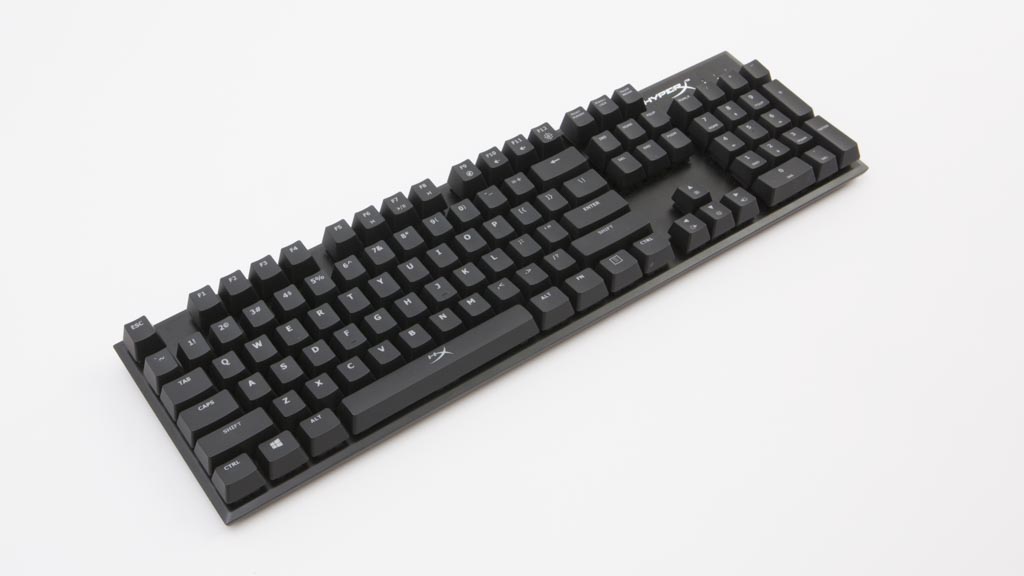
If possible, use a separate keyboard and mouse to keep your arms and shoulders at a comfortable angle.
Technically speaking, using a mouse left-handed should be better because your arms sit closer to parallel. But let’s face it – most of us don’t want to re-train decades of muscle memory. An easier solution is a compact keyboard that ditches the right-side numeric pad, letting your arms rest closer together (assuming you don’t use that feature regularly).
Monitor placement
Whether using your laptop’s screen or a separate monitor, placement is important.
Put your display on a level surface in your direct line of sight, about one arm’s length away, and set it to a comfortable brightness. This is good for your eyesight and reduces neck strain. If you have trouble reading at that distance, change your system settings to increase text or display size. If you work for a company with an IT team, ask them for advice.
Your eyes should be roughly level with the top of the display so you can look down without tilting your head or turning your neck. If you have two or more displays, consider how often you use more than one. If you have a primary screen for most of your work, put it in front of you. If you use them all equally, position them so you move your neck as little as possible.
Using a stack of books to balance your screen at an ergonomically-appropriate height might be quick and thrifty, but it’s hardly ideal. Consider an adjustable stand or arm instead. These can be attached directly to some monitors via mount holes on the back, or have a cradle in which you can put your laptop.
Your eyes should be roughly level with the top of the display so you can look down without tilting your head or turning your neck
Some stands only adjust up and down, while others tilt and rotate. Some are for one monitor, others more, and some for one monitor and one laptop.
For multiple monitors, they often need to be identical for balance, and if the stand attaches to the desk with a thin clamp, the weight of multiple screens can dent fibreboard desks over time causing the stand to lean forwards.
Articulated arms are the most versatile option, usually easily adjustable, and generally don’t have balance concerns, but are more expensive and have weight limits per monitor.
The most common mount type for monitors is VESA, which is often hidden behind removable plastic panels on the back. VESA mounts come in different sizes, but for PC monitors they’re usually 75 x 75 (millimetres horizontal and vertical – not diagonal) or 100 x 100. It’s important to buy the right one or your stand won’t fit. Not all PC monitors have stand mounts, so check yours before buying something.
Computer cable management tips
Loose wiring is a trip hazard that can cause injury or damage to your equipment. And reducing visual clutter is important for creating a space you feel comfortable being in. By spending some time, and possibly a bit of cash, you can do a lot to minimise risk and ugly jumbles.
Clever cabling solutions abound, but here are some of our staff’s personal favourites.
Cable clips and runners
Small cable clips come in a wide range of shapes and sizes. They help wrangle thinner cords into neat formations or stop them falling off your desk when unplugged. You can also stick them underneath your desk to help keep things in order down there.
Cable runner clips are generally hooks that attach around the edges of your desk that you can run thick cables through.
Cable trays attach underneath your desk. You can put power boards in them, but this can be cramped and difficult to access. If you attach your power board directly to your desk and only use the trays for loose cabling, they can be very useful.
Re-usable cable ties
Re-usable cable ties come in plastic and velcro varieties. Being re-usable, not only do they cut down on waste, but they’re also great for tying groups of cables into a neat, short bundle. Any time you need to remove or add a cable, you don’t need to throw away the old cable ties.
You’ll need more than one per cable if you want to create a neat loop or bundle, but they’re generally affordable so this isn’t a huge concern.
Cable sleeves
Split cable sleeves are a marvel of low-tech thinking. A single, long piece of material, usually plastic, is curled over to create a tube through which you can run multiple cables, bundling them in a single package and protecting them from curious pets.
Because of the side split, cables can be removed or added without significant hassle – much more easily over long distances than cable ties – and can enter or exit the sleeve without running the entire length. Plus, you can cut the sleeve to match your needs.
An ultra-cheap, DIY alternative is to cut down the side of the cardboard tubes from paper towel and toilet rolls, though you’ll need re-usable cable ties to reinforce them.
Use wireless peripherals
Affordable wireless mice and keyboards are easy to find and you’d be surprised how much they add to a clean workspace feeling.
Some can sync with multiple devices at once, letting you switch between computers, tablets, phones or other gadgets at the press of a button. Logitech’s multi-device range is a good example of this.
Positioning your power board
Where possible, position your workstation near a power point.
If you use a power board, it should be flat on a surface and not dangling at an angle or in the air. But leaving them on the ground can also cause problems if they’re within range of your feet. And multiple power cables running up to your hardware from the floor can be a pain, especially if you have a standing desk.
Instead, see if you can stick your power board to your desk, either underneath or on top. On top is much easier to access, but underneath keeps those cables out of sight.
Many power boards come with small tabs on the back that hook onto slightly-protruding screws. You can also use 3M Command adherent strips or strong, thick, double-sided tape.
If you have an adjustable height desk, be absolutely certain any cables have enough slack to reach its maximum height with no chance of catching.
Neat home office storage solutions
Stick-on drawers
Not all desks have storage draws and cupboards, but there are drawers that stick to the underside of a tabletop, which range from heavier expensive metal ones to cheap plastic. They tend to be shallow, allowing for only stationery or a small stack of paper, but that might be all you need to keep your space clear.
Hide away your laptop
If you use a keyboard, mouse and separate monitor with your laptop (which you should, if you can, for ergonomic reasons), you mightn’t need it taking up space on your desk, where it’s also vulnerable to the dreaded spilled drink. Even if you do need it while you work, stowing it away neatly once you’re done keeps it out of mind and helps separate your work and private life.
Vertical laptop racks save a lot of space, but file, folder and book holders, chopping board racks, and just about anything else designed to hold rectangular objects will do the trick. Depending on your laptop’s size, you can even stick an A4 paper in-tray under your desk and pop it in there, though make sure it’s held on tight.
Adhesive strips
Removable adhesive strips, such as 3M Command and similar brands, are great for attaching or re-attaching just about any organisation solution without damaging paint or resorting to screws. This can even be good for products that come with their own sticky strip, which are often weak and quickly disconnect. Some strips come with velcro or velcro-esque connections.
The main concern is expense. Using multiple strips can add up, and the velcro-style ones require two per connection. Plus, if you’re mounting something that really needs to stay in place to avoid damaging hardware, it’s best to err well on the side of caution with as many strips as you can.
You could also use heavy-duty double-sided tape, although this might damage paint or varnish when removed.
Phone calls and video conferencing
Just because you’re in lockdown doesn’t mean your office can’t see your face. Video calls are replacing meetings during this time, so keep these tips in mind.
- Once the video call starts, you’re basically back at work so maintain the same standards.
- Don’t wear anything you wouldn’t wear to work, or at the very least in public. Yes, this means pants.
- Put a shirt on. Also pants.
- Tidy up the area around and behind you. You don’t want co-workers taking a peek into your private life, do you? This also helps keep your workspace clear and distraction-free. That said, you can turn off the camera if you prefer to stick to voice chat.
- Use a good headset or pair of headphones for video calls. Not only are some more comfortable than others, there’s a range of features you might not be aware of.
If you’re in charge of choosing which chat app to use, try to pick the best video conferencing software for your needs. But only do so if you don’t already have one everyone uses and is happy with.
Constant calls
Your office should provide a headset if your job keeps you on the phone all day. Spending hours with a phone to your ear is bad for your neck and shoulders. If a headset isn’t available:
- check your headphones – a lot of corded and Bluetooth wireless models have inbuilt microphones for taking calls
- most smartphones come with a pair of headphones – they’re probably kicking around your house if you own an Android or iOS device
- you can pick up a low-end pair that will do the job for well under $100.
Alternatively, you can temporarily liberate a headset from any gamers in your house, though you might need to clean or sterilise it before use.
Improving internet speeds at home
Home internet speeds rarely match office plans, unless you’re using a top-tier NBN connection. But there are ways to negate a slow or spotty internet connection.
If internet speed is a serious problem, try to work offline as much as possible by using desktop rather than cloud or web-based software. Windows Office and Google Docs both have options for offline use, but you can also find other free, legal software such as Libre Office (though you’ll need to get online at some point to download them).
Unclogging bandwidth
You can improve internet speeds by limiting the number of concurrent devices using your home network. Try to disconnect all non-essential devices and ask housemates/family members to limit online entertainment during business hours.
Keep an eye out for repeat offenders such as devices or software that regularly download large, automatic updates. Either disconnect those devices when not in use or set updates to only happen within specific times.
Unfortunately, there’s not much you can do if your internet service provider (ISP) is feeling the pinch because everyone is working from home these days. Heavy traffic means slower speeds, but you can potentially pick your timing carefully.
- Breakfast and 7–11pm are typical peak times, as many homes are accessing online entertainment such as Netflix.
- Many people are likely to stream videos during their lunch break while working from home, so 12–2pm might be peak time in your area as well.
If your network speeds aren’t up to scratch, try to schedule work around these peak times.
- Request video calls before midday or after 2pm.
- Upload content around these hours, especially if you’re dealing with a lot of data.
You might also consider switching providers. Check out our NBN provider review based on ACCC speed data or our best NBN provider results, which we update each year based on average NBN speeds over time and our most recent customer satisfaction data.
If you want to keep the kids entertained with movies or TV shows during the day, see if your preferred streaming service has an offline viewing option. This lets you legally download content to view within a specified timeframe and you can download it all outside of work ours. You can also limit the default streaming quality of some services to high, standard or low definition.
Protecting your privacy (and data)
You might be connected to home internet, but standard workplace rules and filters apply. Don’t go to dodgy websites or click unfamiliar links, as your home network protection might not be as stringent as your IT department’s.
In terms of data safety, the company server is your primary port of call while working from home. That said, it doesn’t hurt to have a few other options at hand.
- Consider a VPN subscription to protect your digital footprint. We have some tips on how to choose a VPN to best suit your needs.
- Either use a good third-party security software or get your Windows Security set up properly.
- Use backup software to protect your data. Workplaces often use this in case of hardware failure or a security breach. You should do the same if you don’t want to lose an entire computer’s worth of work to bad luck.
- Move your documents into secure cloud storage at least once a day. Some sync automatically as you work, while others let you save directly to them while also saving to your computer’s drive.
- External or portable storage drives are also good, and cost considerably less than they used to. If you only work with documents, you won’t need a large one.
Spreading your data across three locations during any lockdown will almost guarantee nothing’s lost from disaster, theft or a cyber attack.
Printing at home
Companies should accommodate paperless workflow with staff working from home, but not everyone is so lucky.
If you already have a printer but pages are coming out with fuzzy text or missing lines of ink, you might need to clean your printer, rather than buy a new one. Most printers have a built-in cleaning function to make life easier.
But now is as good a time as any to pick up a new printer if you need to. Try to grab a multifunction printer – that way you also have a scanner just in case. Otherwise, hold onto all your documents and make one essential trip to print them off at somewhere like Officeworks. This is a last resort that should only be used if absolutely essential.
Non-essential equipment and upgrades
You don’t need to run out and spend thousands of dollars to improve your home office. But it’s worth looking into the following:
- noise-cancelling headphones to silence the sound of kids or other distractions
- a new Bluetooth speaker if you prefer to blast your tunes (now that you’re out of the office and assuming you work alone).
- smart bulbs for your desk lamp or ceiling lights – they’re fun, fancy and you can adjust brightness to optimal levels to reduce eye strain
- a mesh Wi-Fi network, which can help boost and spread your wireless network around the house, like a Wi-Fi relay system.
Separating work and home
It’s important to separate your work and home life like you would if you were still going to the office. Commit to a schedule, work your regular hours and take your allocated lunch break.
Working from home does not mean working a 24-hour job. Anything outside your usual hours can wait, your weekends are still yours and don’t check your emails after you clock off unless absolutely necessary.
Keep your workstation and chill spaces separate – don’t start watching Netflix in your home office or you’ll find it hard to commit to working. Similarly, don’t do work on the lounge – that’s where you go to relax.

